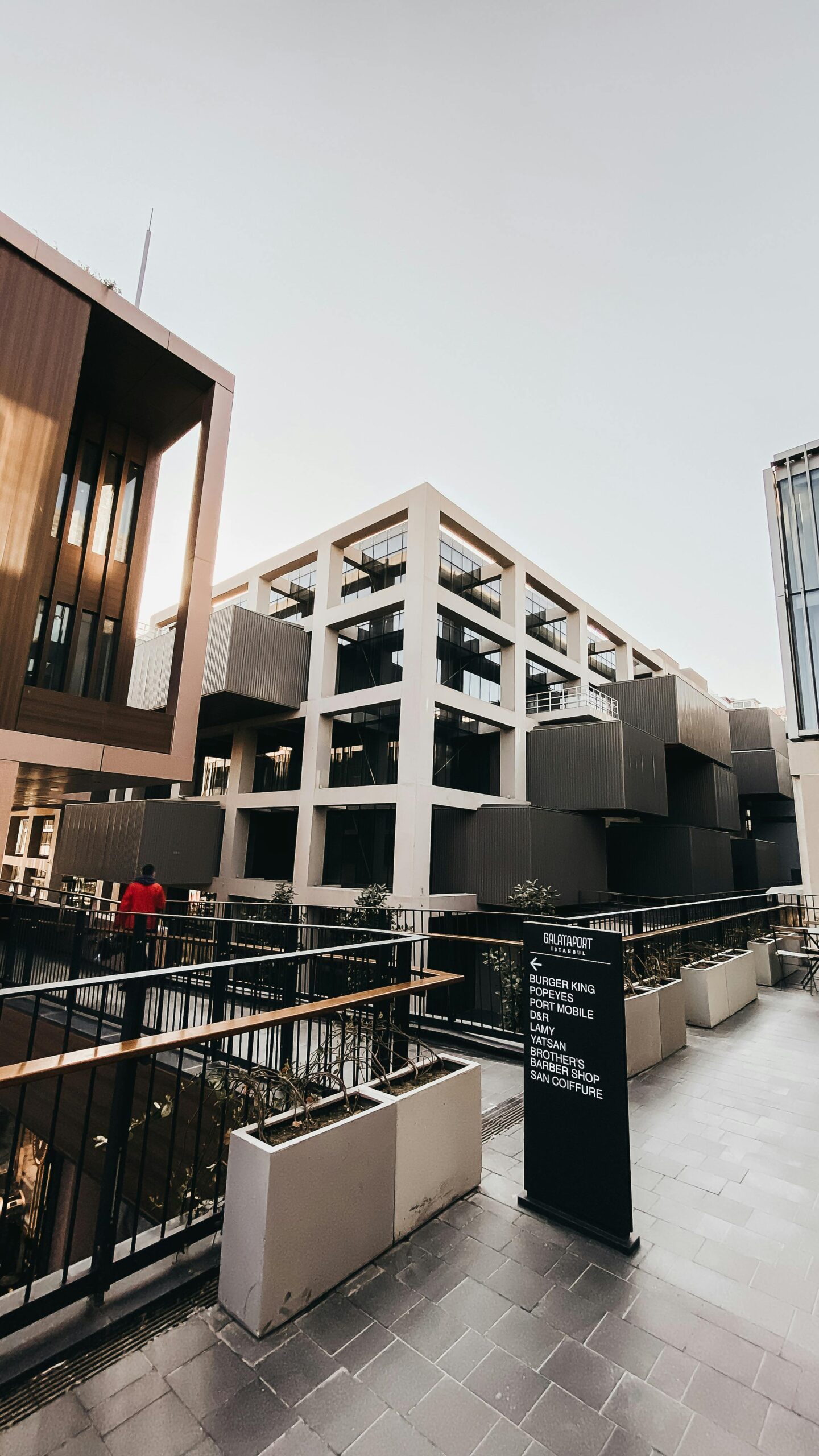Exploring Fiotto: An Emerging Force in Innovation and Design
Fiotto is rapidly gaining attention as a dynamic player in the fields of creative design and technological innovation. At its core, Fiotto represents a fusion of artistry, forward-thinking technology, and practical applications that cater to various industries, from architecture and interior design to digital platforms. This article delves into the many facets of Fiotto, exploring its origins, design philosophy, technological advancements, and the ways it is reshaping traditional approaches to creativity and problem-solving. By understanding Fiotto’s multidimensional approach, readers gain insight into why it is considered a transformative force, inspiring both professionals and enthusiasts to rethink how innovation and aesthetics can coexist harmoniously in the modern world.
The Origins and Philosophy Behind Fiotto
Fiotto emerged from a desire to bridge the gap between technology and human-centric design, promoting solutions that enhance everyday experiences. The philosophy driving Fiotto prioritizes adaptability, sustainability, and emotional connection. Unlike conventional approaches where form often follows function rigidly, Fiotto advocates for a balanced interplay in which aesthetics inspire utility. This philosophical foundation encourages designers and engineers to rethink their processes, ensuring that products and environments foster well-being and creativity simultaneously. At its core, Fiotto emphasizes the importance of context — tailoring solutions not just to functional needs but to cultural and social narratives that give meaning to design.
Innovative Technologies Powering Fiotto
Central to Fiotto’s impact are several cutting-edge technologies that bring its visionary designs to life. These include advanced materials that allow for dynamic, responsive structures, as well as artificial intelligence systems that facilitate real-time customization and user interaction. For example, Fiotto-inspired smart environments use sensors and adaptive algorithms to modify lighting, temperature, and acoustics, creating spaces that adjust seamlessly to occupants’ moods and activities. Additionally, digital fabrication techniques such as 3D printing enable the creation of intricate, bespoke designs that would otherwise be impossible or economically unviable. These technological underpinnings not only elevate aesthetics but also introduce new levels of efficiency and personalization.
Applications of Fiotto Across Industries
Fiotto’s multifaceted approach is not confined to theoretical or niche projects but finds concrete applications in several industries. In architecture, Fiotto principles encourage environments that are sustainable and interactive, blending natural elements with smart technologies. Interior design benefits from Fiotto’s emphasis on multisensory experiences, integrating tactile materials, lighting schemes, and spatial configurations designed to evoke emotional responses. Meanwhile, in digital and product design, Fiotto promotes intuitive interfaces and ergonomic forms that anticipate user behavior. Whether it is a public space, a home, or a digital application, Fiotto’s influence encourages a holistic experience that goes beyond utility to enrich everyday life with meaning and delight.
Challenges and Future Perspectives of Fiotto
Despite its promising approach, Fiotto faces challenges inherent to pioneering new paradigms. Integrating high-level technology with human-centered design requires multidisciplinary collaboration, often demanding significant investment and experimentation. Moreover, maintaining sustainability throughout rapidly evolving technological applications remains a crucial concern, especially when bespoke and adaptive designs risk increased resource consumption. However, Fiotto’s future looks bright as ongoing advancements in eco-friendly materials and AI continue to align better with its core philosophy. As awareness grows, Fiotto is positioned to inspire a new generation of creators and businesses to prioritize thoughtful, adaptive, and responsible innovation.
Fiotto’s Role in Shaping Creative Culture
Beyond its tangible outputs, Fiotto contributes significantly to the culture of creativity itself. It challenges traditional silos between art, design, and technology, fostering an environment where collaboration and experimentation thrive. Educational institutions and creative hubs are increasingly incorporating Fiotto’s principles into their curricula and projects, signaling a shift toward integrative thinking. This cultural impact encourages individuals to imagine possibilities beyond current limitations, nurturing a mindset attuned to balance, adaptability, and empathy. Ultimately, Fiotto’s influence extends beyond products or spaces: it reshapes how people approach innovation and envision the future of creative expression.
In reflecting on Fiotto’s diverse dimensions—from its foundational philosophy and technological backbone to its applications and cultural significance—it becomes clear that Fiotto is more than just a design trend; it is a transformative framework for innovation. By harmonizing utility with emotion and sustainability with advanced technology, Fiotto offers a blueprint for creating environments, products, and experiences that resonate deeply with users. As industries adopt and adapt Fiotto principles, the potential for more personalized, responsive, and meaningful design continues to grow. Embracing Fiotto may well be key to unlocking a future where creativity and technology work hand in hand to enhance human experience in unprecedented ways.
